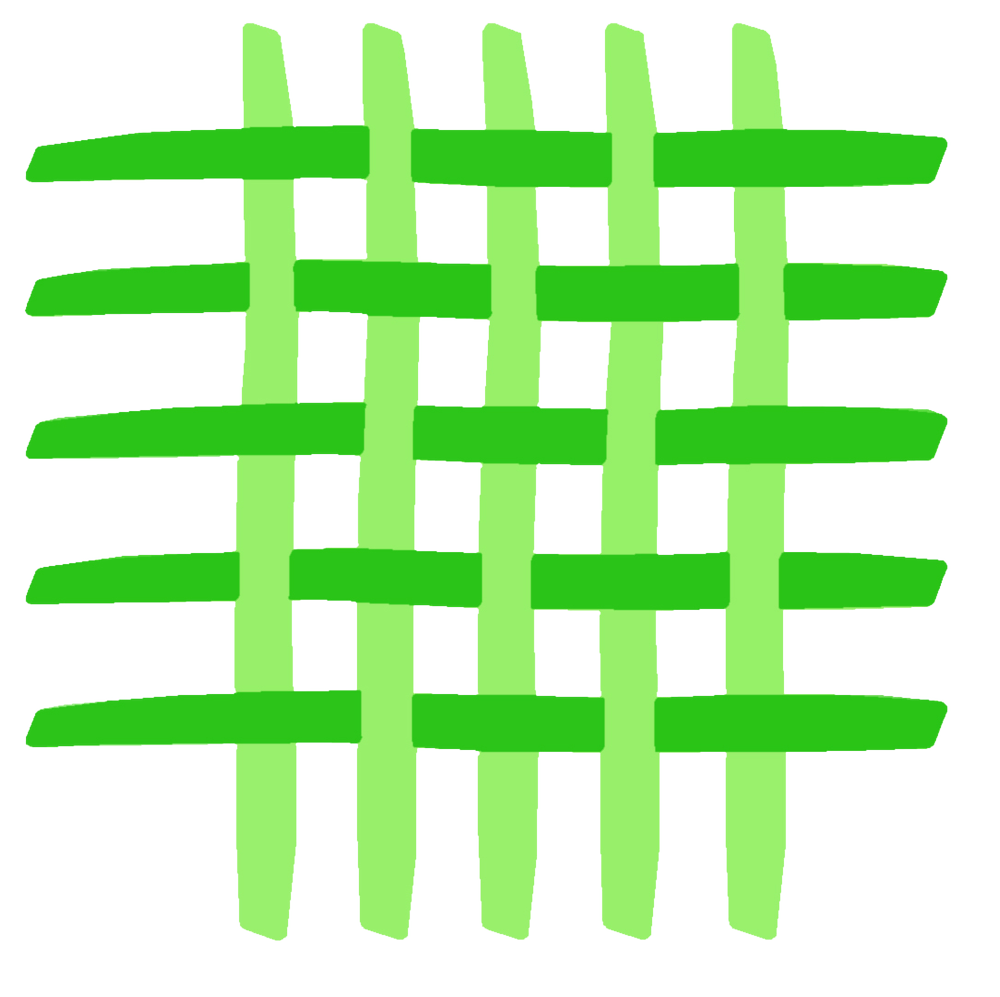SEEING IN REAL/TIME
Facebook’s rebranding as Meta in Fall 2021 serves as an apt analogy for our times, bringing to the forefront conversations about what constitutes authentic experience and interaction. With close to 5 billion social media users globally, on average internet users worldwide spend an average of 2 1⁄2 hours per day on various social media sites. Meta’s goal of constructing a composite universe melding online, virtual, and augmented worlds is being positioned as the next major social platform. Determining what is “real” and how one defines “real” has become an undeniable and exhausting characteristic of our times. Sometimes what we see isn’t what is actually there. And sometimes what is actually there we aren’t able to see.
What is it exactly that we are able to see? Light is refracted off of objects in the world and enters our eyes to activate cells on our retinas that transmit data to the visual cortex region of our brain. The brain processes and interprets this information (and thankfully turns the world right-side-up) and subsequently we act accordingly. Yet, our experience of the world is determined by the physical limitations of our visual system. Human eyes can only process a tiny fraction of the electromagnetic spectrum, leaving out infrared, ultraviolet, gamma, cosmic, radio, and radar waves. What we physically see is often not what we mentally perceive. Considering what we see on screens are masses of individual pixels that our brain processes into cohesive whole images, defining what it is that we exactly see is indeed a complex question to unpack. And with a possible future mediated not just by computer and smartphone screens but also AR glasses and VR headsets, how we see the world becomes paramount to understanding what we are seeing.
Helping to define how we see and what we see is a unique strength that artists bring to the table. Through their practice, artists share how they see the world, mediated by intensely personal, generationally cultural, and chosen communal experiences. The ability to picture the past, present, and future can help collapse the distance of space and time, allowing multiple perspectives to co-exist in an artwork, much like the metaverse aims to achieve. The 32 works selected for Axis Gallery’s 17th National Juried Competition can help us to see the world in a sharper focus by expanding how “real” is defined and understood.
Some works make the invisible visible: Dan Herrera’s cyanotypes visualize varying frequencies of sound; Ryan Lewis’s video imagines words on a book page coming to life; John Dobbie’s screenprints render still images at microcosmic scales; Parul Naresh’s drawing chronicles the inner psychological world of someone who hikes daily; Natalye Abuan’s painting articulates the inner emotional world of a young woman. Other works blur conventional notions of time and memory: Francheska Diaz’s painting comforts her adult self with memories of childhood; Yulia Gasio’s drawing confronts the tragedy of her hometown in Ukraine; William Mark Sommer’s photograph honors the decades of warmth and hospitality at Lil Joes; Nicolei Gupit’s video contrasts childhood play with adult practicality; Bryan Florentin’s photographs situate a packed storage shelf as a rich archaeological site; Rachelle Agundes’s paintings explore memories of places and events through the inevitable distortion of time; Helia Pouyanfar’s sculpture brings a fragment of home along in anticipation of living in exile.
Several works picture multiple realities in a single composition: Abraham Sherief’s painting overlays a spiritually present arabesque onto the horizon of a scene of a village road; Anne Magratten’s paintings overlay gestural, graffiti- esque spray paint markings onto pastoral scenes of nature; Carlaina Brown’s painting imagines a color-saturated geometric world underneath a wildly growing forest scrub. And many works necessitate a closer look as to what is being depicted: Sarah Peterman’s precarious sculpture of dollies with fragile glass wheel casters; Sheila Ghidini’s drawing of a tower of chairs linked together through negative space and shadows; Jessye McDowell’s digital prints of still life flower arrangements expertly rendered through 3D modeling software; Ashley Miller’s concrete sculptures of smartphones; Jennifer Clarke’s intimate mezzotints showcasing the dense geometric logic of nature; Jennie Park’s seemingly identical sculptural hammocks that differentiate themselves through the subtle difference of spoon shapes; Aric Russom’s reduction linocuts showcasing the infinite breadth of hue and tone of the blue sky.
Through the works of these 22 artists hailing from Sacramento and the Bay Area and beyond (including New York, Texas, Arizona, Michigan, Oregon, Maryland, New Mexico, Minnesota, and Massachusetts), I hope viewers can take the same inquisitive perspective on what they see in the world to always broaden how they see the world.
- Kevin B. Chen
Curator Bio:
Kevin B. Chen is a visual artist and curator currently serving as Resident Curator at San Francisco State University’s Fine Arts Gallery, faculty at San Francisco State University and California College of the Arts, and member of Recology’s Artist in Residence Program Advisory Board and Root Division’s Curatorial Committee. He served as co-chair for the City of Oakland’s Public Art Advisory Committee, managed the de Young Museum’s Artist Residency Program and Public Programs, and taught at Stanford University and Mills College. He has curated projects for Headlands Center for the Arts, Minnesota Street Project, University of Nevada Reno, San Jose Institute of Contemporary Art, Yerba Buena Center for the Arts, San Francisco Arts Commission Galleries, Intersection for the Arts, and Chinese Culture Center of San Francisco & Kearny Street Workshop, which have been reviewed in publications nationally, including Art in America, afterimage: the journal of media arts and cultural criticism, Sculpture Magazine, Art Papers, and New Art Examiner.
